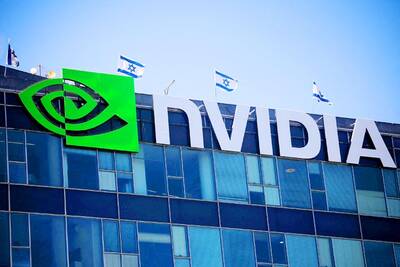The Taichung Port has surpassed the Keelung Port to become the nation’s second-largest, the Ministry of Transportation and Communications (MOTC) said on Tuesday, citing statistics from harbor bureaus.
Taichung Harbor Bureau statistics showed that the total cargo handled at that port topped 90.7 million tonnes for the first time this month.
Kaohsiung Port, which handles about 381 million tonnes of cargo per year, is the nation’s largest seaport
Keelung Port handles about 63.5 million tonnes of cargo per year. Part of the cargo previously handled at Keelung Port is now processed at Taipei Port instead. The Taipei facility was opened in 2003.
The ministry said the total cargo handled reached 88.6 million tonnes between January and last month, registering 21 percent growth compared with same time last year. The total containers handled also grew by 13.92 percent.
The analysis from Taichung’s harbor bureau showed that several types of cargo have seen strong growth this year. Cement rose by 21.44 percent to more than 432,700 tonnes. Petrochemical products and liquefied natural gas increased by 66.82 percent to 2.2 million tonnes. The most extraordinary growth was seen in the automobile industry, which rose by 105.89 percent.
Meanwhile, the huge amount of land owned by Taichung Port has drawn 59 companies to invest in the port, with total investment topping NT$457.5 billion (US$15.3 billion). Thirty firms have also established operations in its free-trade zone.

Micron Memory Taiwan Co (台灣美光), a subsidiary of US memorychip maker Micron Technology Inc, has been granted a NT$4.7 billion (US$149.5 million) subsidy under the Ministry of Economic Affairs A+ Corporate Innovation and R&D Enhancement program, the ministry said yesterday. The US memorychip maker’s program aims to back the development of high-performance and high-bandwidth memory chips with a total budget of NT$11.75 billion, the ministry said. Aside from the government funding, Micron is to inject the remaining investment of NT$7.06 billion as the company applied to participate the government’s Global Innovation Partnership Program to deepen technology cooperation, a ministry official told the

Taiwan Semiconductor Manufacturing Co (TSMC, 台積電), the world’s leading advanced chipmaker, officially began volume production of its 2-nanometer chips in the fourth quarter of this year, according to a recent update on the company’s Web site. The low-key announcement confirms that TSMC, the go-to chipmaker for artificial intelligence (AI) hardware providers Nvidia Corp and iPhone maker Apple Inc, met its original roadmap for the next-generation technology. Production is currently centered at Fab 22 in Kaohsiung, utilizing the company’s first-generation nanosheet transistor technology. The new architecture achieves “full-node strides in performance and power consumption,” TSMC said. The company described the 2nm process as

Shares in Taiwan closed at a new high yesterday, the first trading day of the new year, as contract chipmaker Taiwan Semiconductor Manufacturing Co (TSMC, 台積電) continued to break records amid an artificial intelligence (AI) boom, dealers said. The TAIEX closed up 386.21 points, or 1.33 percent, at 29,349.81, with turnover totaling NT$648.844 billion (US$20.65 billion). “Judging from a stronger Taiwan dollar against the US dollar, I think foreign institutional investors returned from the holidays and brought funds into the local market,” Concord Securities Co (康和證券) analyst Kerry Huang (黃志祺) said. “Foreign investors just rebuilt their positions with TSMC as their top target,

H200 CHIPS: A source said that Nvidia has asked the Taiwanese company to begin production of additional chips and work is expected to start in the second quarter Nvidia Corp is scrambling to meet demand for its H200 artificial intelligence (AI) chips from Chinese technology companies and has approached contract manufacturer Taiwan Semiconductor Manufacturing Co (TSMC, 台積電) to ramp up production, sources said. Chinese technology companies have placed orders for more than 2 million H200 chips for this year, while Nvidia holds just 700,000 units in stock, two of the people said. The exact additional volume Nvidia intends to order from TSMC remains unclear, they said. A third source said that Nvidia has asked TSMC to begin production of the additional chips and work is expected to start in the second